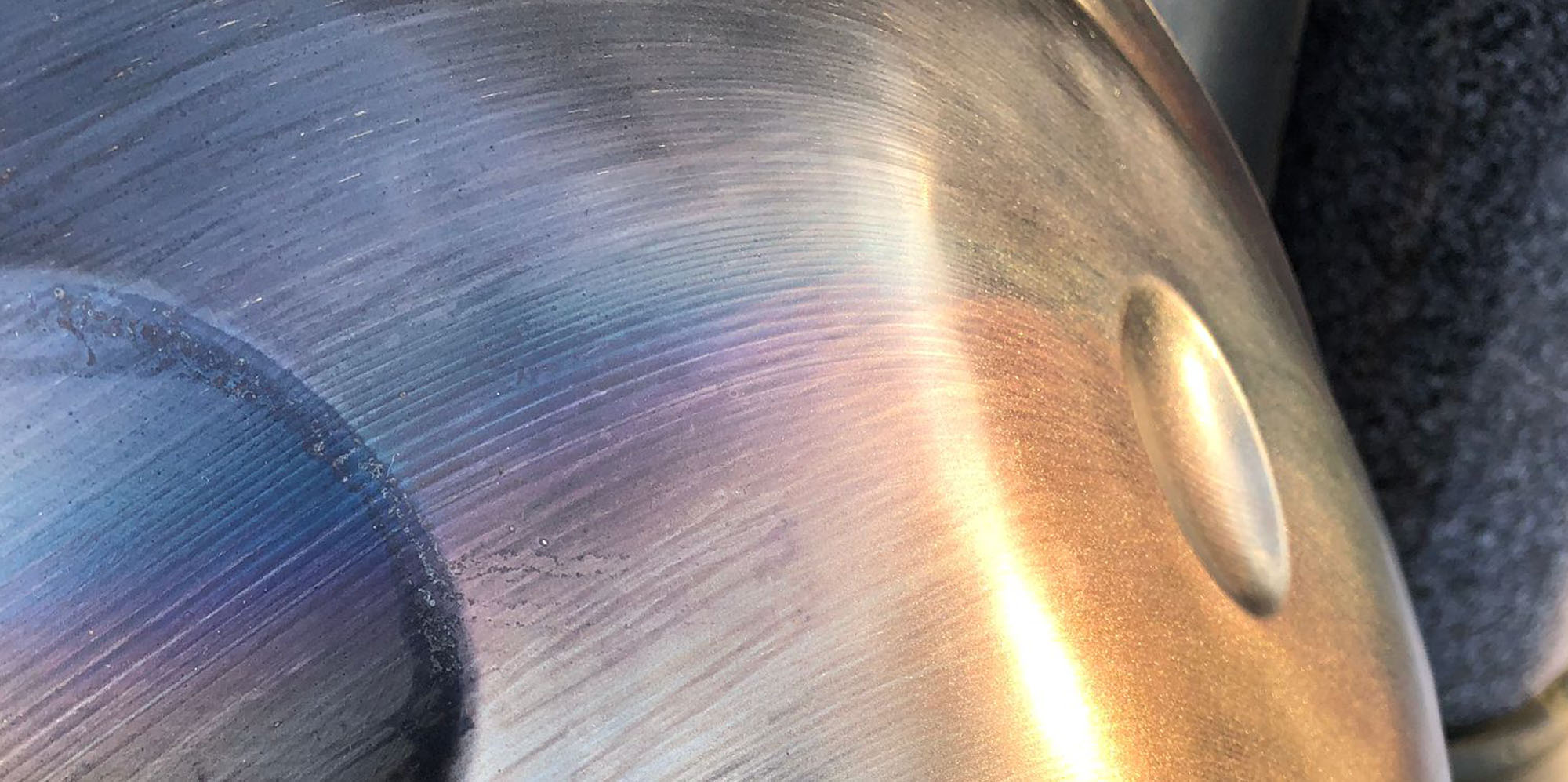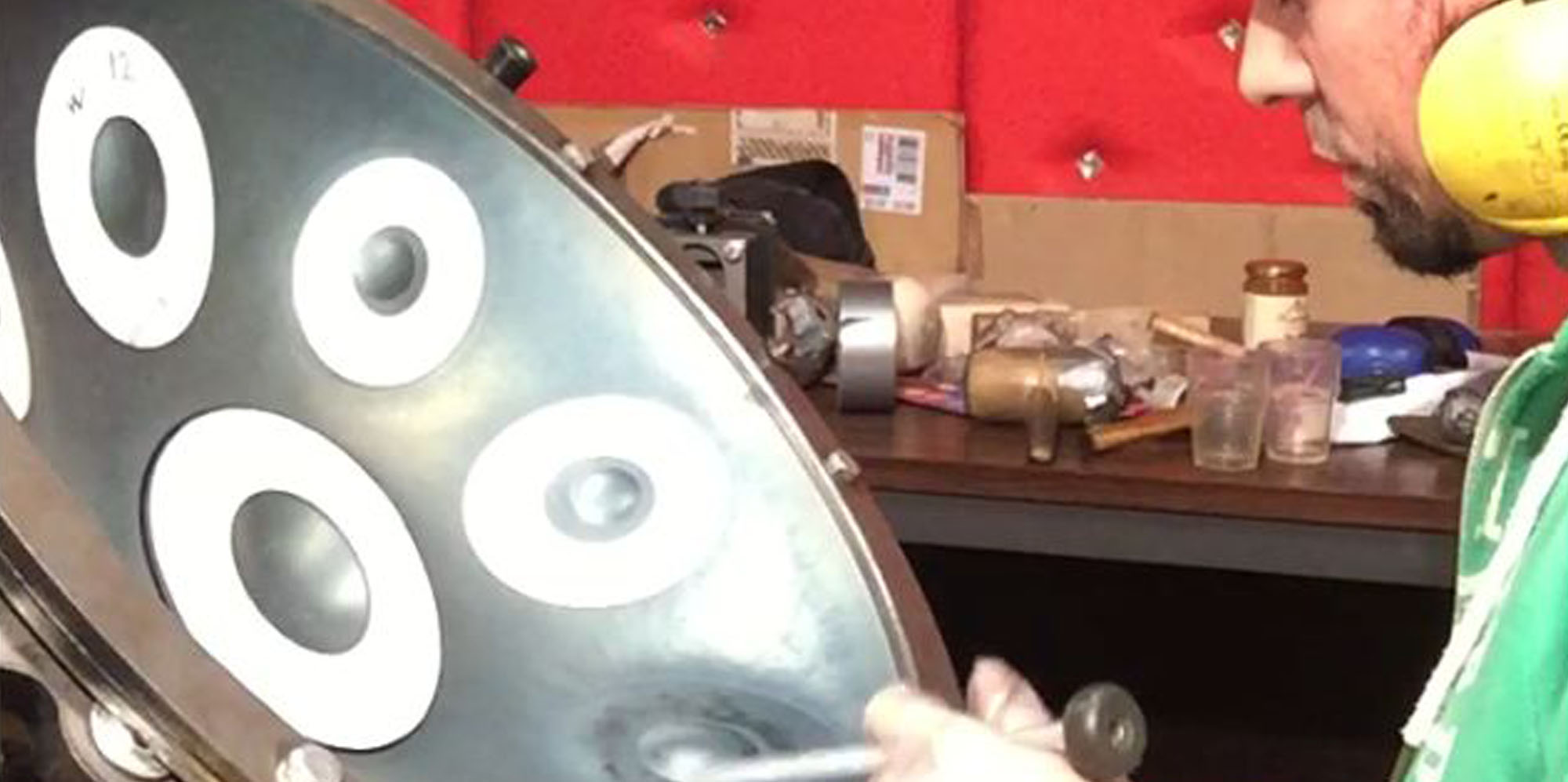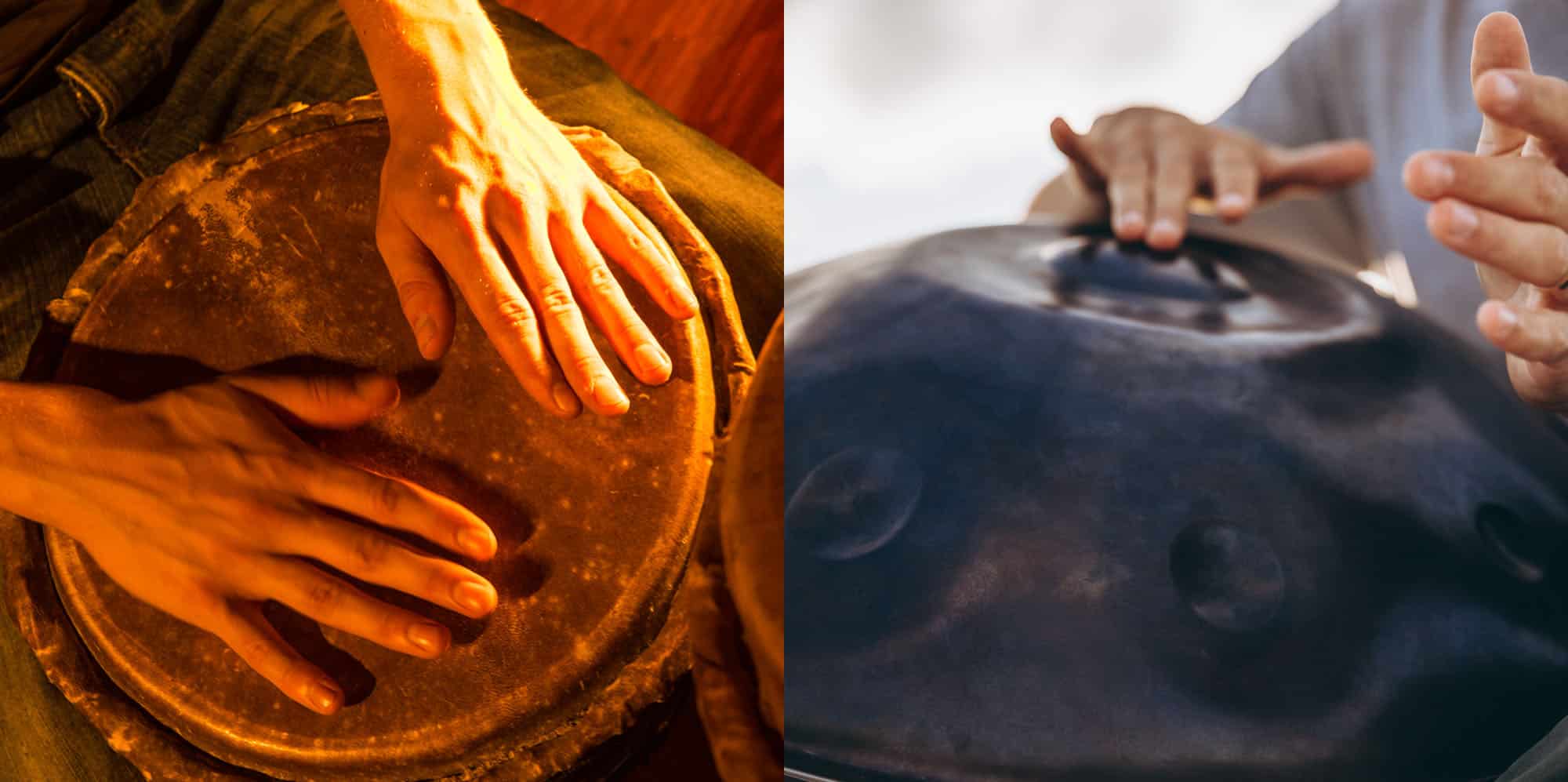If you recently acquired a handpan then you may be wondering how to strike your handpan for the best sound results, in this article we discuss some factors to be aware of.
The handpan, also known as the hang drum, is a unique and captivating instrument that produces a mesmerizing sound when played correctly. In order to achieve the best sound from your handpan, it is important to understand the basics of striking the instrument and how to use your hands to produce different tones and rhythms.
One of the most important things to keep in mind when striking your handpan is the angle at which you hit the instrument. The sound produced by your handpan will vary depending on the angle at which you strike the instrument. Striking the handpan at a steeper angle will produce a brighter, higher-pitched sound, while striking it at a shallower angle will produce a deeper, more muted sound. It is important to experiment with different angles to find the one that produces the sound you desire.
Another important factor to consider when striking your handpan is the amount of force you use. When striking the instrument, it is important to use a moderate amount of force. Using too much force can cause the sound to become too loud and harsh, while using too little force can cause the sound to be too soft and muted. It is important to find the right balance between the two to achieve the desired sound.
The location of the strike on the handpan is also important. Handpans have different notes and pitches across the instrument, and striking different areas will produce different sounds. It is important to understand the layout of your handpan and where the different notes are located in order to produce the desired sound.
In addition, the type of hand and finger technique used can also affect the sound produced. There are several different techniques that can be used to strike the handpan, such as the traditional finger-tip technique, the slap technique and the mute technique. Each technique produces a different sound and can be used to create a variety of rhythms and melodies. It is important to experiment with different techniques and find the one that works best for you.
The use of dynamics can also greatly enhance the sound of your handpan. Dynamics refer to the variations in volume and intensity in music. Using dynamics can add emotion and expression to your playing, and can make the music more interesting to listen to. It is important to practice playing at different dynamics to achieve the desired sound.
Another important aspect of striking your handpan for the best sound is proper care and maintenance of the instrument. Keeping your handpan clean and dry, and storing it in a case or other protective covering will help prolong the life of the instrument and maintain its sound quality.
In conclusion, striking your handpan for the best sound requires understanding and mastery of several key elements. The angle at which you strike the instrument, the amount of force you use, the location of the strike, the type of hand and finger technique used, the use of dynamics, and proper care and maintenance of the instrument are all important factors to consider. By experimenting with these elements and finding the right balance, you can achieve the desired sound and create beautiful and captivating music with your handpan.




